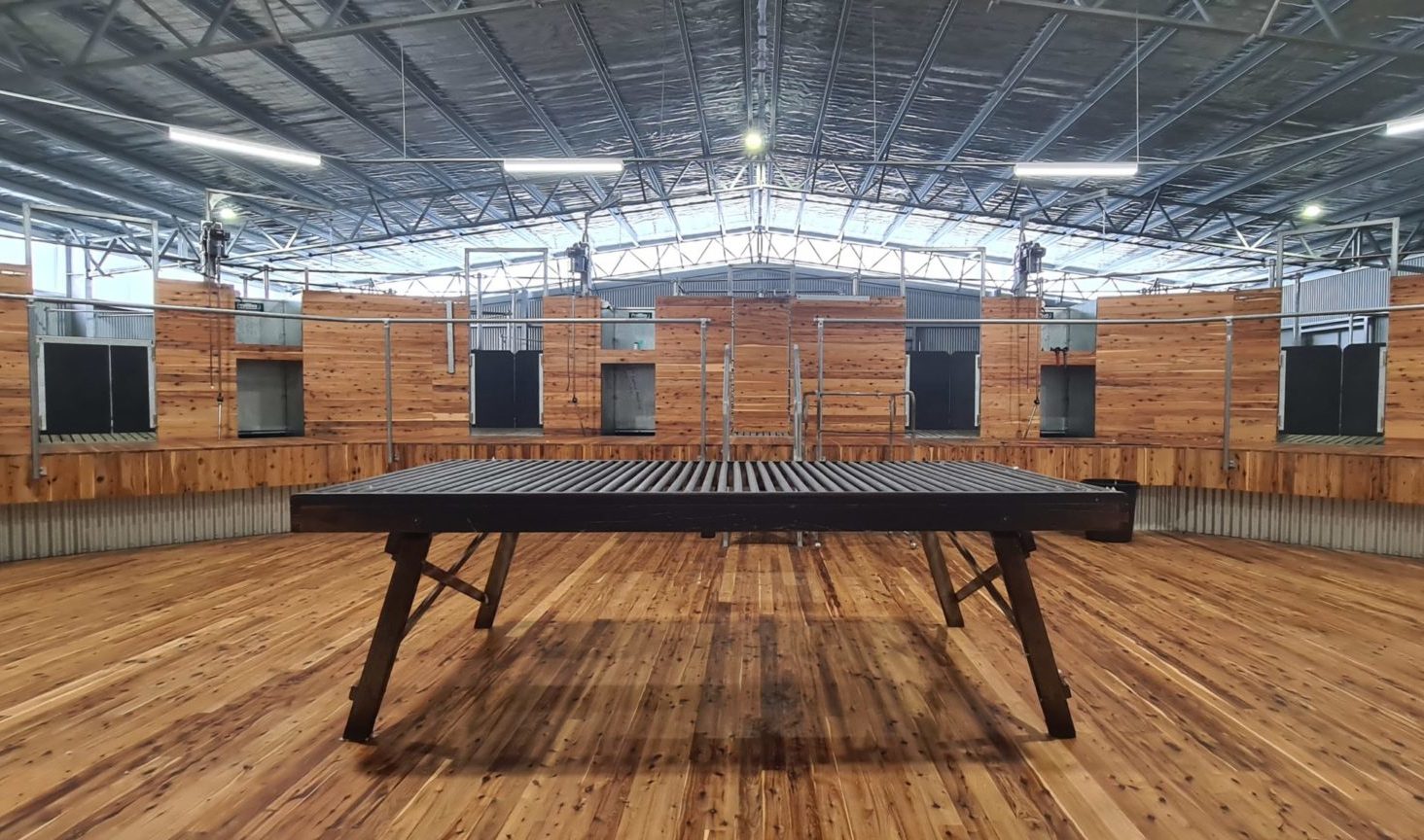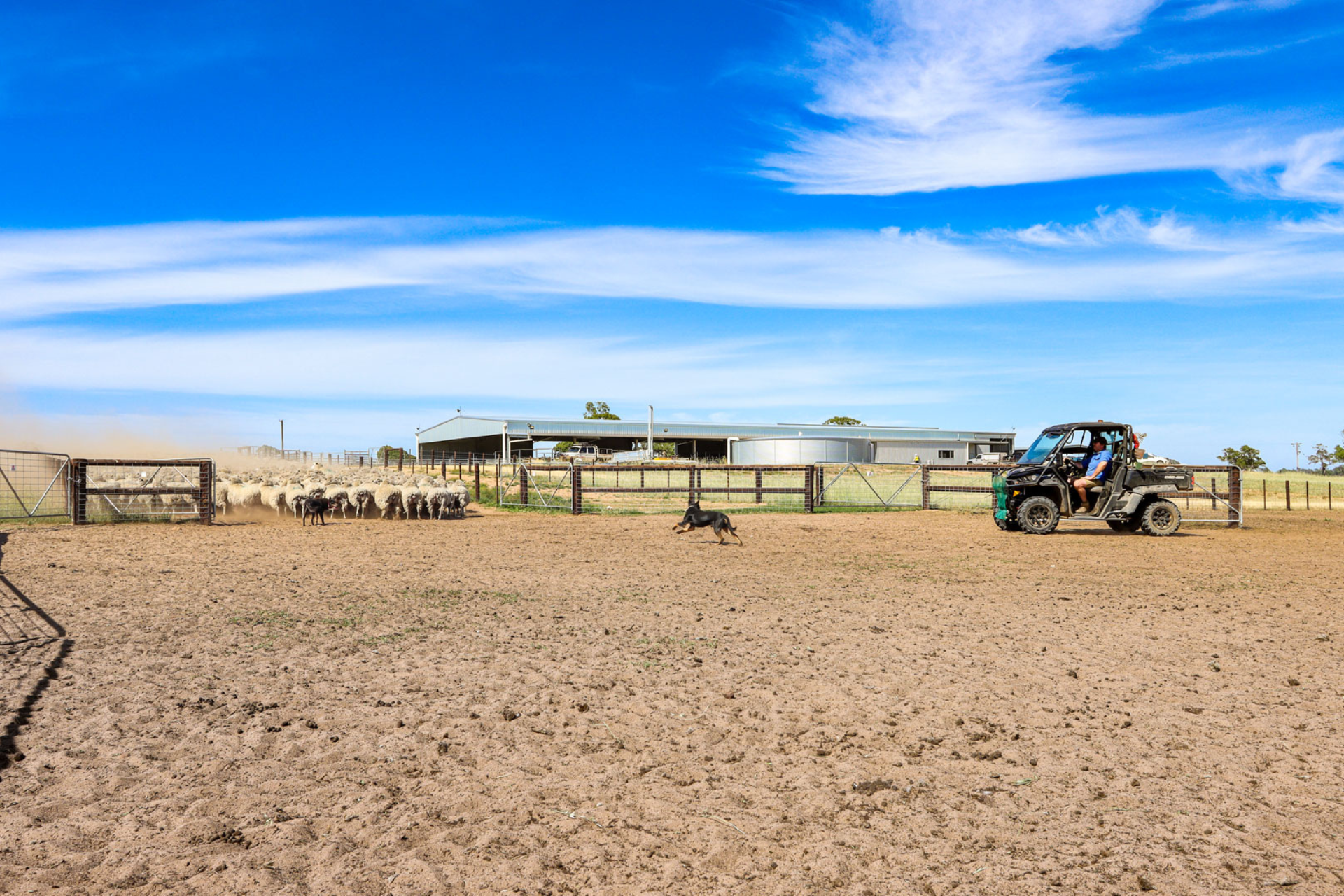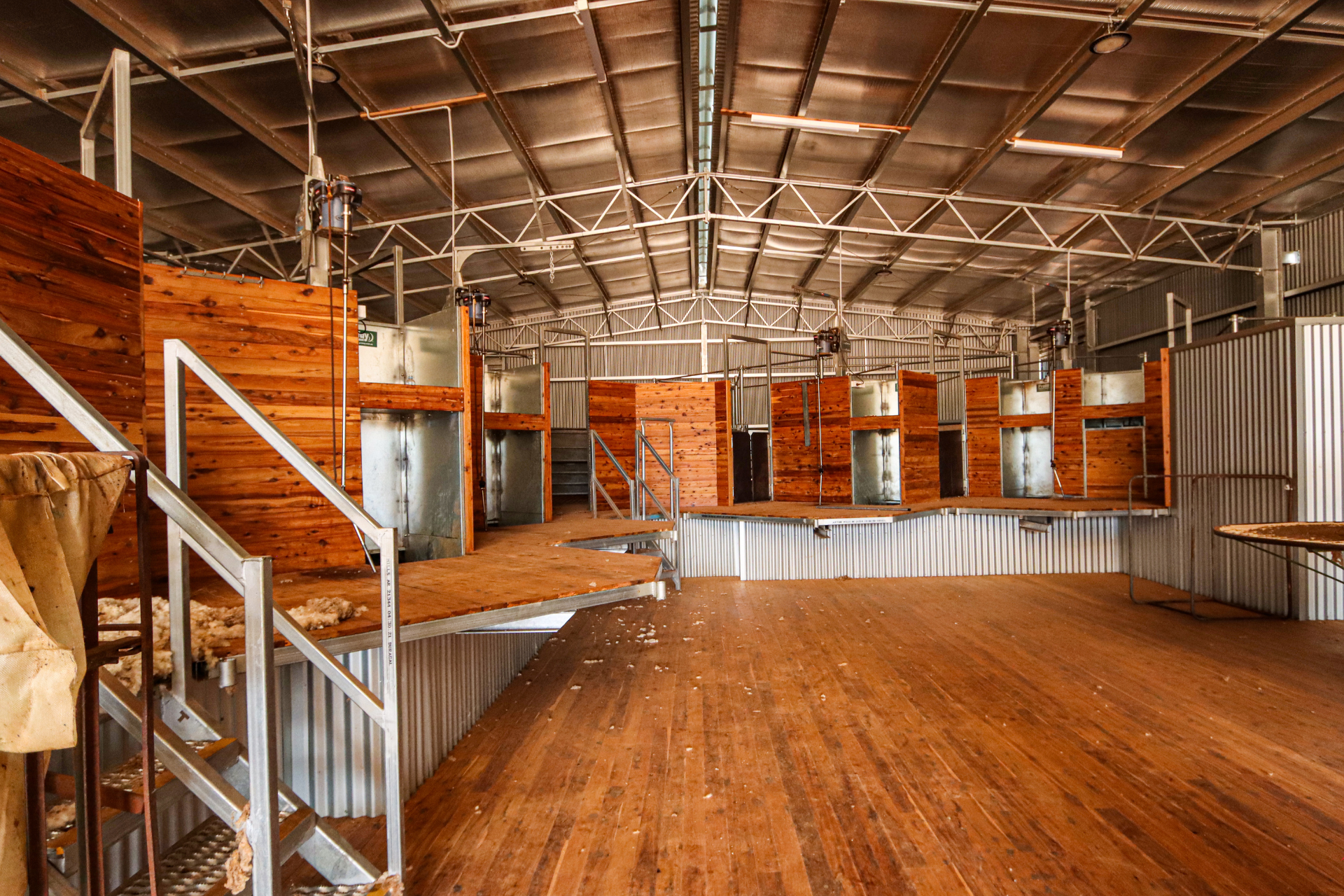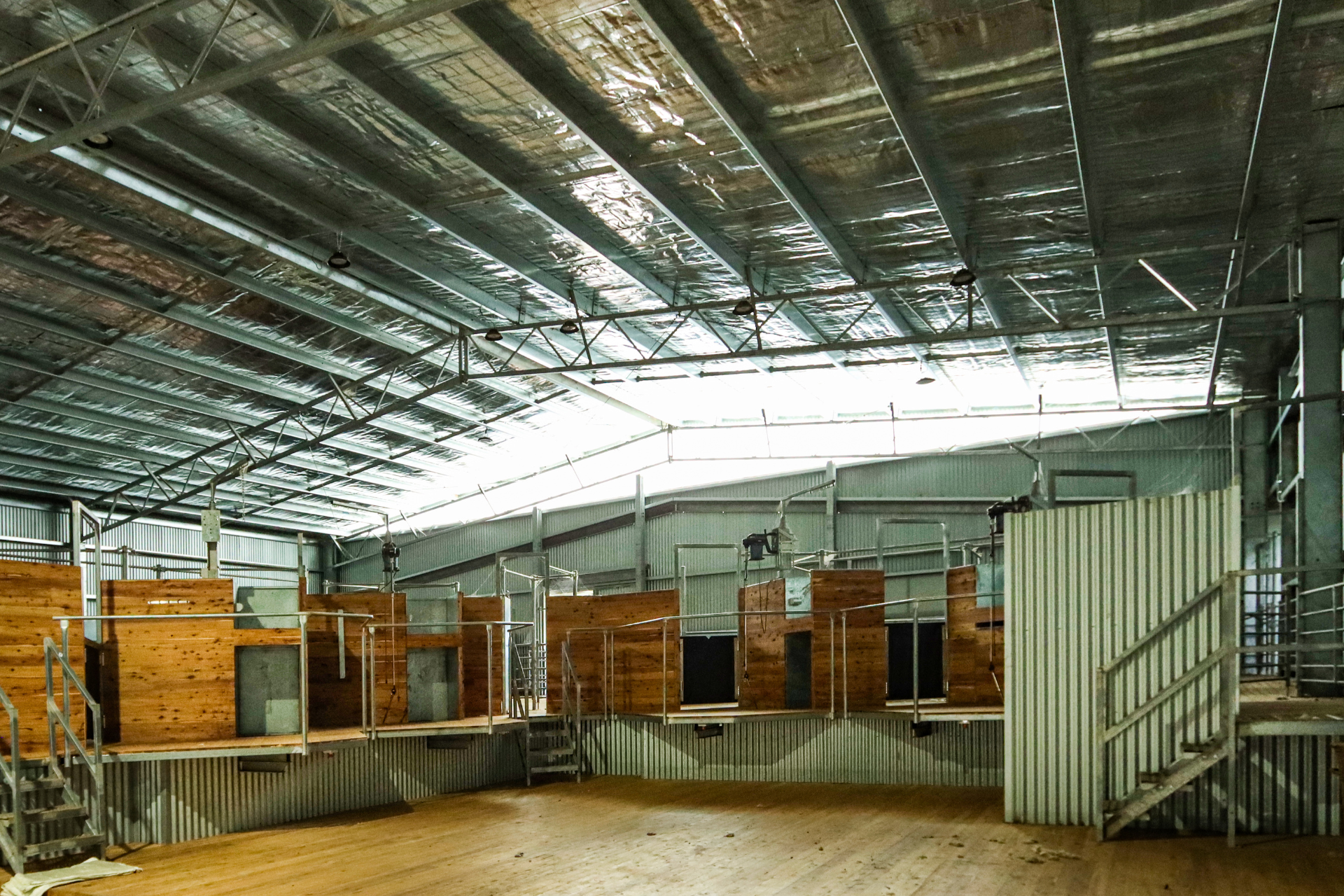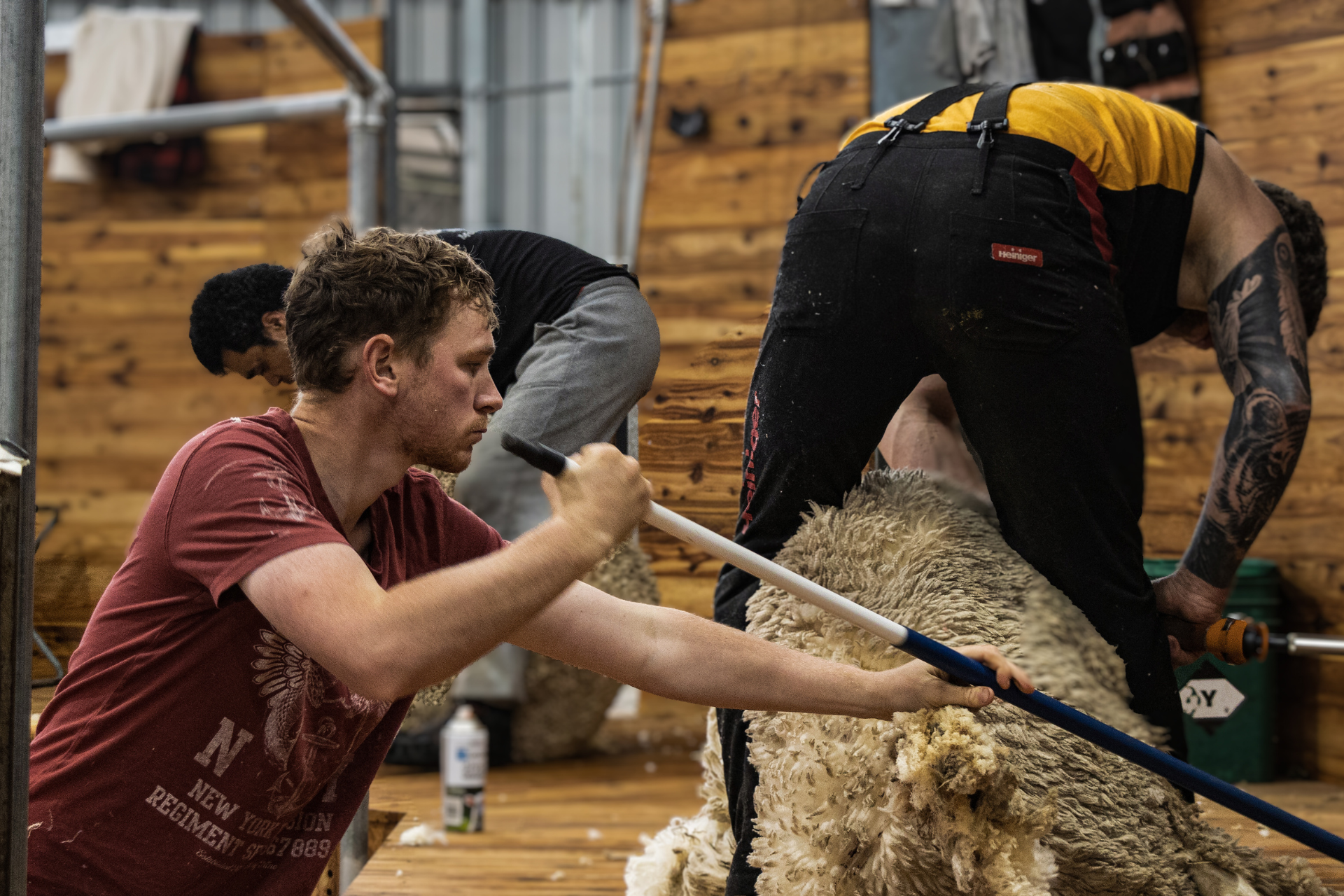Shearing shed safety has never been more more important. Like any physical job, shearing has an increased risk of injury and illness, which is why it is important to improve and maintain safety standards in shearing sheds across Australia.
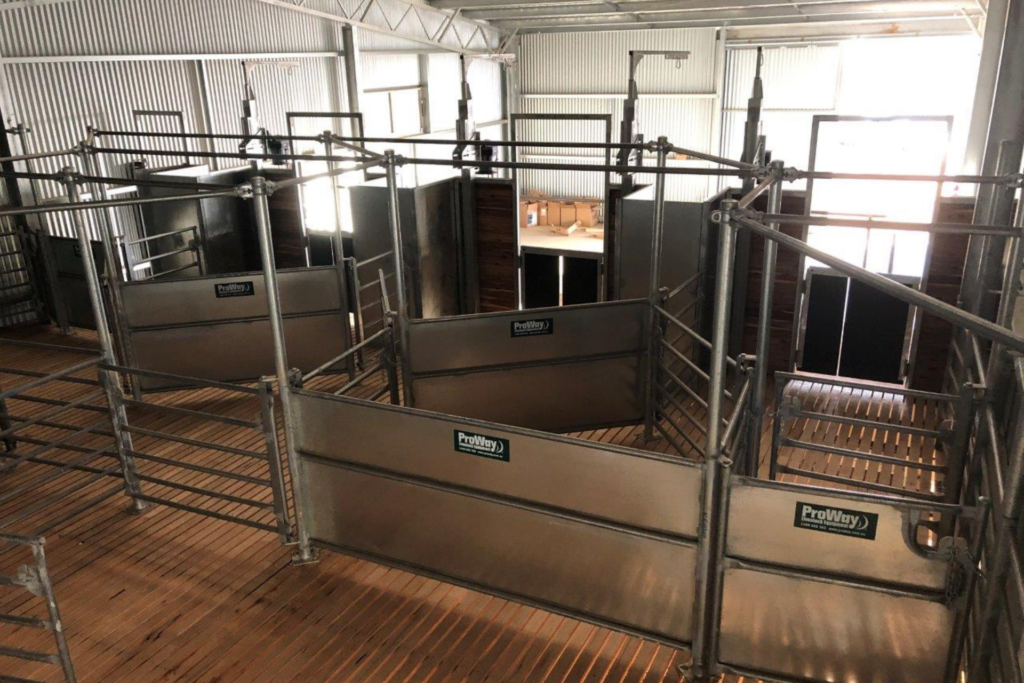
A shearing shed designed to prioritise shearer and worker safety minimises the risk of injuries and accidents. Not only does this benefit existing staff (and improve your staff retention) but it makes the industry attractive to potential employees – and with declining local shearer numbers and limited access to shearers from New Zealand this is more crucial than ever.
In this article we look at:
- Assessing and improving the safety of your shearing shed
- Educating yourself and your workers on safety.
Assess and improve the safety of your shed
Here are some steps to take to get you started:
- Identify hazards and their level of risk
- Eliminate hazards where possible or have a control measure in place to minimise risk
- Keep a record of any hazards and incidents and document steps taken to resolve these
- Regularly review your shed safety e.g. before and after shearing.
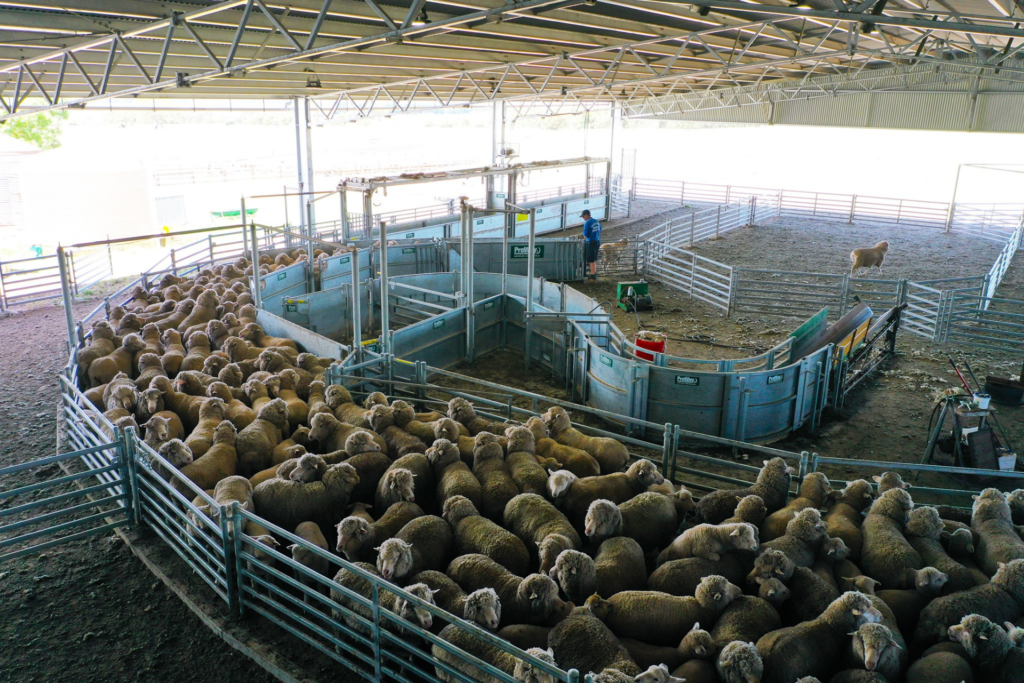
A few areas to review in your shearing shed:
- Holding pens or undercover yards – your grating area or your covered yards needs to have the capacity to keep shearers supplied with dry sheep.
If you are looking for a cost-saving on your new shearing shed project, generally a roof over your yards is a more cost-effective option than grating. A yard cover is also a more versatile investment.
Is your board the right design? Ask your shearing contractors for feedback and review the AWI research and suggestions for safe board designs.
If you opt for a raised board design ensure it is the best practice depth and height to make it easier for shed hands to reach and handle wool.
Action Steel partners with leading fit out and sheep yard suppliers for the fit-out component of our shearing sheds. Here are some board design examples from some recent Action Steel shearing shed projects.
Shearing Shed Board Designs
Click through the gallery to see a range of recently completed shearing shed board designs and set ups.
The board also needs to be well lit. A board with good lighting makes shearing and maintenance work safer and easier.
A combination of natural and artificial light is a common option for both shearing sheds and yard covers.
Is there enough room to work safely in working areas?
Australian Wool Innovation recommend ‘The Shearing Safety Zone’ for the shearing plant which is at least 1525mm apart in older sheds and 2100mm apart in new sheds.
Keep in mind that extreme heat or cold, or poor air flow can impact your or your workers health.
Talk to the team at Action about how to design a shearing shed or yard cover with adequate temperature control and ventilation.
Our building consultants can help you with details like cladding and insulation choices, gable infills, partially clad walls, ridge and wall vents and shed orientation.
Old, outdated or unstable ladders
Replace ladders with secure steps with handrails made to Australian safety standards.
The wool room
The wool room needs to be big enough to allow work to be completed safely and without collisions with machinery.
We generally recommend including a generous sized wool room in your shearing shed project as it can become a multipurpose space when you aren’t shearing – using the wool room for machinery storage is a popular option.
The wool room floor.
An even concrete floor is the easiest to keep clean and maintain, however, it is a good idea to put rubber matting or wooden flooring in key working areas like around the wool table to reduce the fatigue on workers.
Visibility of edges of platforms and steps.
A painted edge can help improve visibility.
Educating yourself and your workers on safety
Here are some useful resources to ensure safety is kept front of mind:
How safe is your shearing shed?
What to include in a farm first aid kit
Common shearing shed issues & what to do about them

